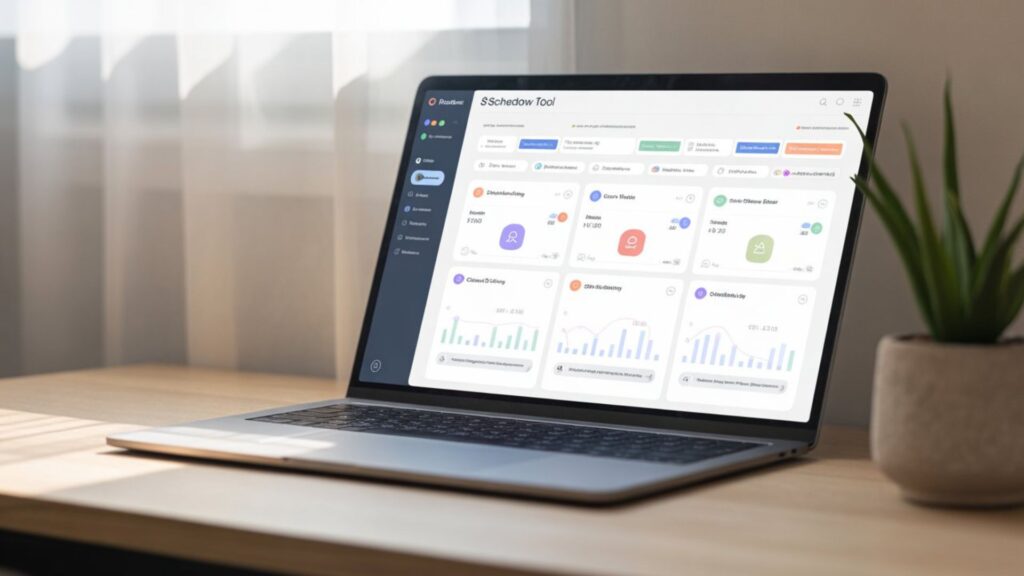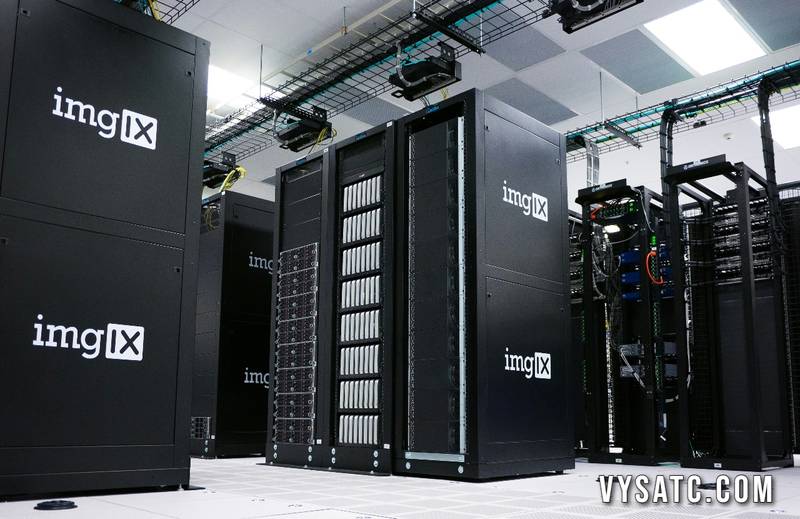Schedow: Meaning, Technology, Uses, and Impact on the Digital World
Introduction
In the fast-paced digital age, where time and precision drive productivity, Schedow has emerged as a buzzword among businesses, tech professionals, and individuals seeking better organization and automation. While many still wonder, “What exactly is Schedow?” — it represents a new wave of intelligent scheduling and management innovation that redefines how people plan, execute, and synchronize tasks in a digital ecosystem.
Whether Schedow refers to a smart scheduling system, a project management platform, or a next-gen automation framework, its underlying goal remains the same — to make organization smarter, faster, and more reliable. This article explores Schedow’s meaning, applications, features, benefits, and role in the evolving digital landscape.
What Is Schedow?
The term Schedow is derived from the word “schedule,” symbolizing planning, coordination, and execution. It’s often used to refer to intelligent software tools or systems designed to optimize scheduling, workflow, and time management.
Depending on the context, Schedow can represent:
- A smart scheduling algorithm or AI system.
- A cloud-based project and resource management tool.
- A concept of synchronized digital operations, where automation handles repetitive planning tasks.
In simpler terms, Schedow combines schedule and shadow — implying that it runs quietly in the background, organizing your time and workflow like an invisible assistant.
The Evolution of Scheduling and the Rise of Schedow
Before systems like Schedow came into play, scheduling was largely manual — involving spreadsheets, sticky notes, or simple digital calendars. However, with the rise of AI, machine learning, and automation, the process has evolved dramatically.
The Stages of Scheduling Evolution
- Manual Scheduling Era
- People relied on paper planners and phone calls.
- Time-consuming and error-prone.
- People relied on paper planners and phone calls.
- Digital Calendar Revolution
- Introduction of Google Calendar, Outlook, and iCal.
- Enabled shared planning but lacked intelligent adaptability.
- Introduction of Google Calendar, Outlook, and iCal.
- Smart Automation Age
- Systems like Schedow automate planning based on behavior, data, and predictive algorithms.
- Tasks are assigned, optimized, and synchronized automatically.
- Systems like Schedow automate planning based on behavior, data, and predictive algorithms.
Schedow represents the pinnacle of this evolution — a blend of AI-powered prediction, contextual awareness, and cloud-based collaboration.
How Schedow Works
While the exact technical structure may vary, Schedow typically functions on AI-driven automation principles. Here’s a simplified breakdown:
- Data Collection
- Gathers input from users’ calendars, projects, and communication tools.
- Syncs with apps like Slack, Trello, Google Workspace, or Microsoft Teams.
- Gathers input from users’ calendars, projects, and communication tools.
- Behavioral Analysis
- Learns user patterns, peak productivity hours, and task types.
- Identifies repetitive or overlapping tasks.
- Learns user patterns, peak productivity hours, and task types.
- Predictive Scheduling
- Suggests or automatically adjusts tasks based on availability and priority.
- Avoids conflicts and improves time efficiency.
- Suggests or automatically adjusts tasks based on availability and priority.
- Automation and Alerts
- Sends reminders, reschedules tasks, and integrates with workflow tools.
- Keeps users updated without manual intervention.
- Sends reminders, reschedules tasks, and integrates with workflow tools.
- Continuous Optimization
- Uses machine learning to adapt over time, becoming more accurate and personalized.
- Uses machine learning to adapt over time, becoming more accurate and personalized.
Essentially, Schedow acts as your digital scheduling companion, working silently to keep everything synchronized.
Key Features of Schedow
Here are the most prominent features that define a modern Schedow system or application:
1. Smart Scheduling
Automatically organizes meetings, appointments, and tasks using AI-based time predictions.
2. Multi-Platform Sync
Integrates across email, calendar, and project management tools, ensuring seamless updates everywhere.
3. Task Prioritization
Evaluates deadlines and importance to arrange tasks in optimal order.
4. Real-Time Collaboration
Allows teams to co-manage schedules, assign roles, and track project timelines in one unified platform.
5. Predictive Insights
Analyzes historical data to forecast workload bottlenecks and recommend better task distribution.
6. Custom Alerts and Notifications
Keeps users informed of upcoming deadlines, overdue items, and changes in real time.
7. Cloud Security
Ensures that all data and user information are encrypted and safely stored.
Benefits of Using Schedow
Integrating Schedow into your workflow can provide substantial benefits for individuals, startups, and large enterprises alike.
For Individuals
- Better Time Management: Automates daily planning.
- Reduced Stress: No need to remember every small task.
- Increased Focus: Focuses attention on high-value activities.
For Businesses
- Improved Team Coordination: Eliminates scheduling conflicts across departments.
- Enhanced Productivity: Employees spend less time planning and more time executing.
- Data-Driven Decisions: Insights from scheduling data guide better business strategies.
For Organizations
- Scalable Operations: Supports multi-level project scheduling.
- Automated Reporting: Summarizes progress and time allocation.
- Resource Optimization: Prevents overbooking and ensures fair task distribution.
Applications of Schedow in Real Life
Schedow has broad applications across industries. Here’s how different sectors use it:
1. Corporate Management
Helps managers schedule team meetings, performance reviews, and project deadlines efficiently.
2. Healthcare
Used for patient appointment management, doctor schedules, and hospital workflow optimization.
3. Education
Teachers and universities use Schedow to align lectures, exams, and student activities seamlessly.
4. IT and Software Development
Automates sprint planning, task allocation, and developer coordination in agile environments.
5. Event Planning
Simplifies the process of coordinating venues, guests, logistics, and promotional activities.
6. Personal Productivity
Individuals use Schedow apps to plan routines, fitness goals, and social calendars effectively.
Schedow vs. Traditional Scheduling Tools
| Feature | Schedow | Traditional Tools |
| AI Automation | Yes | No |
| Predictive Adjustments | Dynamic and automatic | Manual |
| Cross-Platform Integration | Seamless | Limited |
| User Adaptation | Learns behavior | Static |
| Team Collaboration | Real-time and integrated | Requires manual updates |
Schedow isn’t just another planner — it’s a smart, adaptive ecosystem designed for today’s dynamic workflows.
Challenges and Limitations of Schedow
No system is perfect. While Schedow offers cutting-edge efficiency, it faces certain challenges:
- Data Privacy Concerns: Storing and analyzing behavioral data raises privacy considerations.
- Initial Setup Time: May require configuration before becoming fully adaptive.
- Over-Reliance on Automation: Excessive dependence may reduce human decision-making awareness.
However, with proper security protocols and conscious usage, these challenges can be effectively managed.
Future of Schedow: The Next Frontier of Smart Scheduling
The evolution of Schedow technology is moving toward AI autonomy and predictive precision.
In the near future, expect:
- Full Integration with AI Assistants like ChatGPT or Alexa for voice-based scheduling.
- Predictive Lifestyle Optimization, adjusting daily routines based on health and mood data.
- Cross-Industry Applications, including logistics, education, and government operations.
Schedow’s future lies in contextual intelligence — systems that understand why a schedule exists, not just when.
How to Implement Schedow in Your Workflow
If you’re planning to use Schedow or a similar scheduling solution, follow these steps:
- Identify Needs: Define whether you need personal or enterprise scheduling.
- Choose a Platform: Select a Schedow-compatible system that suits your workflow.
- Integrate with Tools: Sync your calendars, tasks, and communication apps.
- Automate Gradually: Let the system learn your habits and preferences.
- Analyze and Adjust: Review insights regularly and fine-tune settings for maximum efficiency.
The Psychological Impact of Using Smart Scheduling Systems
Interestingly, research shows that automated scheduling tools like Schedow can improve mental well-being.
Benefits include:
- Reduced Decision Fatigue: Less cognitive load from daily planning.
- Enhanced Focus: Clear structure frees mental space for creativity.
- Sense of Control: Predictable routines lead to improved confidence.
By combining human judgment with AI precision, Schedow encourages both efficiency and mindfulness.
FAQs About Schedow
Q1: What does Schedow mean?
Schedow refers to an intelligent scheduling and automation system designed to streamline time management, resource planning, and digital workflow.
Q2: Is Schedow a software or a concept?
It can be both — a concept of smart scheduling and a practical name for AI-based scheduling software solutions.
Q3: Who can use Schedow?
Schedow can be used by individuals, teams, startups, and enterprises to improve organization and coordination.
Q4: How is Schedow different from normal calendars?
Unlike simple calendars, Schedow uses AI and machine learning to automate scheduling, avoid conflicts, and optimize productivity.
Q5: Is Schedow safe to use?
Yes. When implemented with proper data encryption and access controls, Schedow ensures user privacy and security.
Conclusion
In an age where time is the most valuable resource, Schedow stands as a revolutionary approach to organization, automation, and intelligent time management. By combining AI-driven insights with human adaptability, it transforms the way we plan and perform daily tasks — from personal schedules to complex enterprise workflows.
If you’re seeking a future-proof solution to chaos, burnout, or inefficiency, embracing the Schedow mindset is the first step toward clarity and balance.





Post Comment